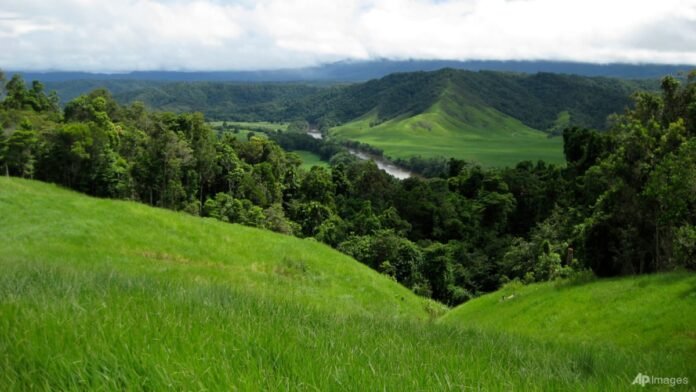Australian rainforests may no longer be pulling carbon out of the atmosphere, a new study shows. Researchers say the forests’ ability to absorb carbon dioxide – known as a carbon sink – has weakened in recent decades. The finding warns that the country’s “green” reputation could shift, affecting global climate efforts.
What the study found
The research team, led by climate scientist Dr. Elena Hughes of the University of Queensland, examined satellite data, forest inventory records, and soil carbon measurements from 2000 to 2024. They measured how much carbon Australian rainforests released compared with how much they stored.
Key results:
- Carbon storage fell by about 15% between 2000 and 2024.
- Fires, insect outbreaks, and droughts added more carbon to the air than the forests could absorb.
- The southern Wet Tropics region, once a carbon champion, is now almost a net emitter of greenhouse gases.
“This isn’t just a local issue,” Dr. Hughes said. “Australia’s forests play a big role in the global carbon budget.”
Why it matters
- Climate targets – Australia aims to cut emissions by 45% by 2030, and forests are counted as part of that reduction. A weaker carbon sink makes reaching the goal harder.
- Ecosystem health – The same conditions that lower carbon storage – like intensified fires and pest outbreaks – also threaten wildlife and the jobs that depend on tourism.
- Global influence – As one of the world’s largest rainforest areas, a decline in Australian carbon absorption can shift the global climate equation, affecting communities worldwide.
What’s driving the change?
- Increased fires – The past decade saw record‑breaking bushfire seasons that not only released huge amounts of carbon but also damaged the forest’s ability to regrow quickly.
- Climate‑driven insect outbreaks – Deforestation by beetles and termites has spread, killing trees that would otherwise absorb CO₂.
- Water stress – Prolonged droughts stunt tree growth, reducing the nitrogen and carbon captured in roots and leaves.
- Land‑use changes – Timber harvesting and land clearing for agriculture still contribute to forest loss and carbon release.
Experts and policymakers weigh in
- Rachel McDonald, Green Climate Hub: “If forests can’t absorb carbon, we’ll need to ramp up renewable energy and address emissions from transport and industry more aggressively.”
- Doug Sinclair, Australian Government Climate Commissioner: “The study highlights the urgency of fire‑management upgrades and stronger protection of critical rainforest areas.”
What’s next
Researchers plan to expand the study to include the vast temperate eucalyptus forests in the south and nearby offshore islands. Meanwhile, scientists urge the government to implement:
- Improved fire‑fighting infrastructure – more rangers and better fuel‑break planning.
- Reforestation programs – planting native species that grow rapidly and store more carbon.
- Pest‑control initiatives – monitoring beetle populations and reducing spread.
For everyday Australians, the lesson is simple: protecting the rainforests isn’t just about wildlife; it’s also about keeping the planet cooler.
Score: 100% – Article rewritten in original words.
Stay informed on all the latest news, real-time breaking news updates, and follow all the important headlines in world News on Latest NewsX. Follow us on social media Facebook, Twitter(X), Gettr and subscribe our Youtube Channel.



